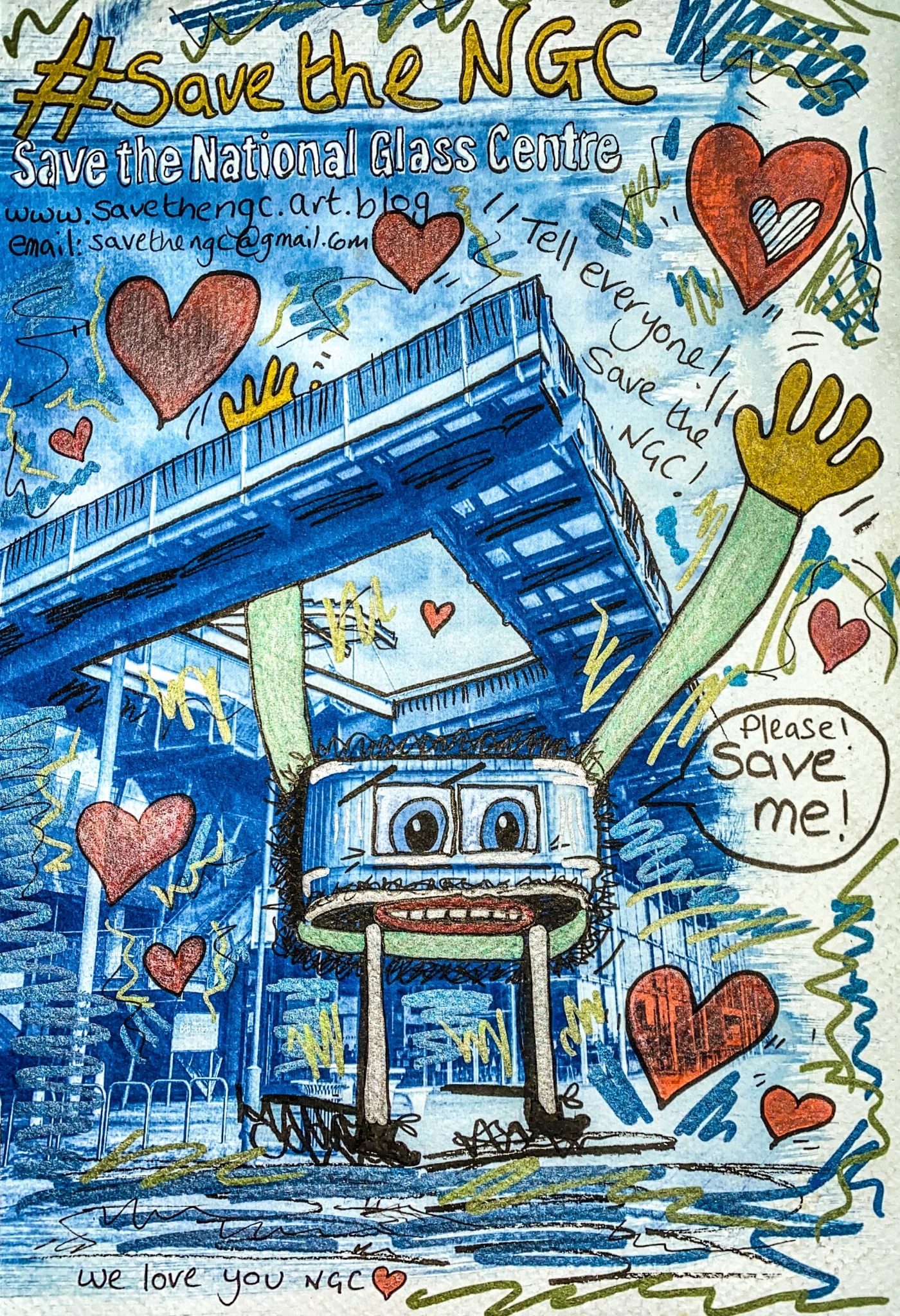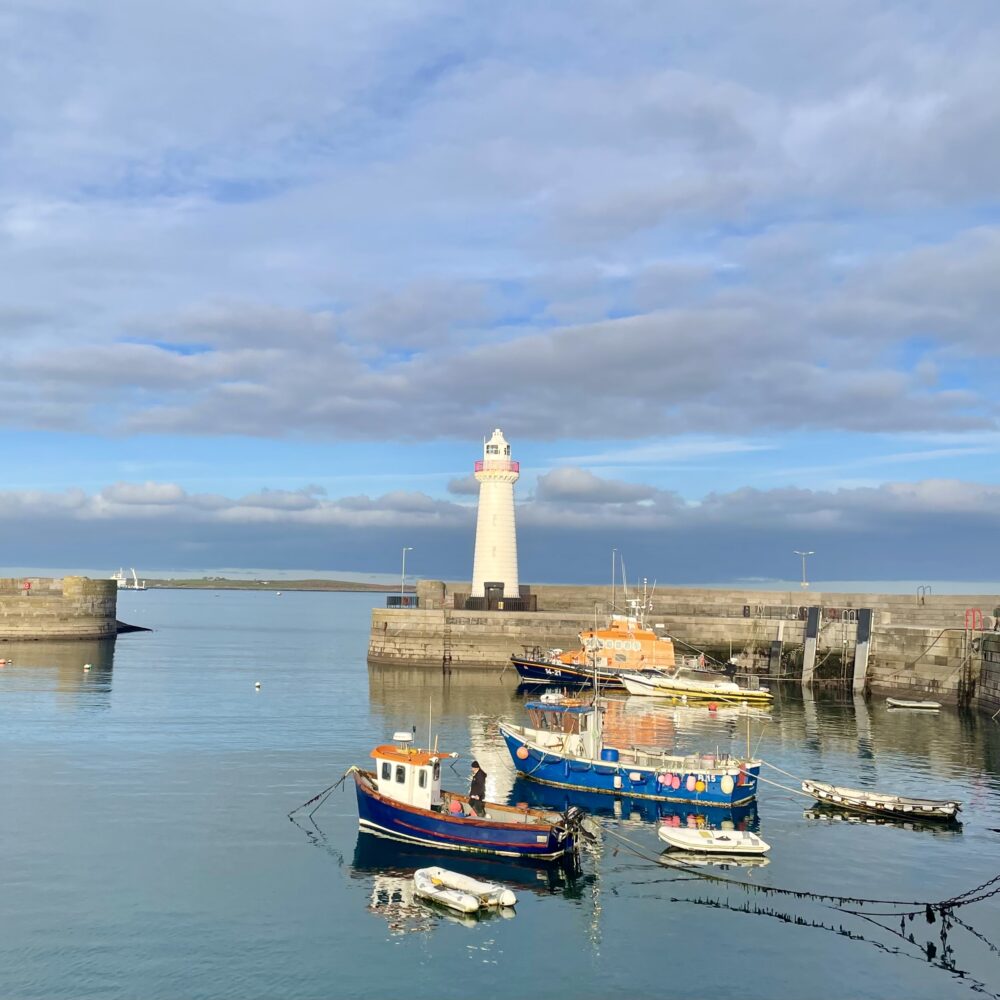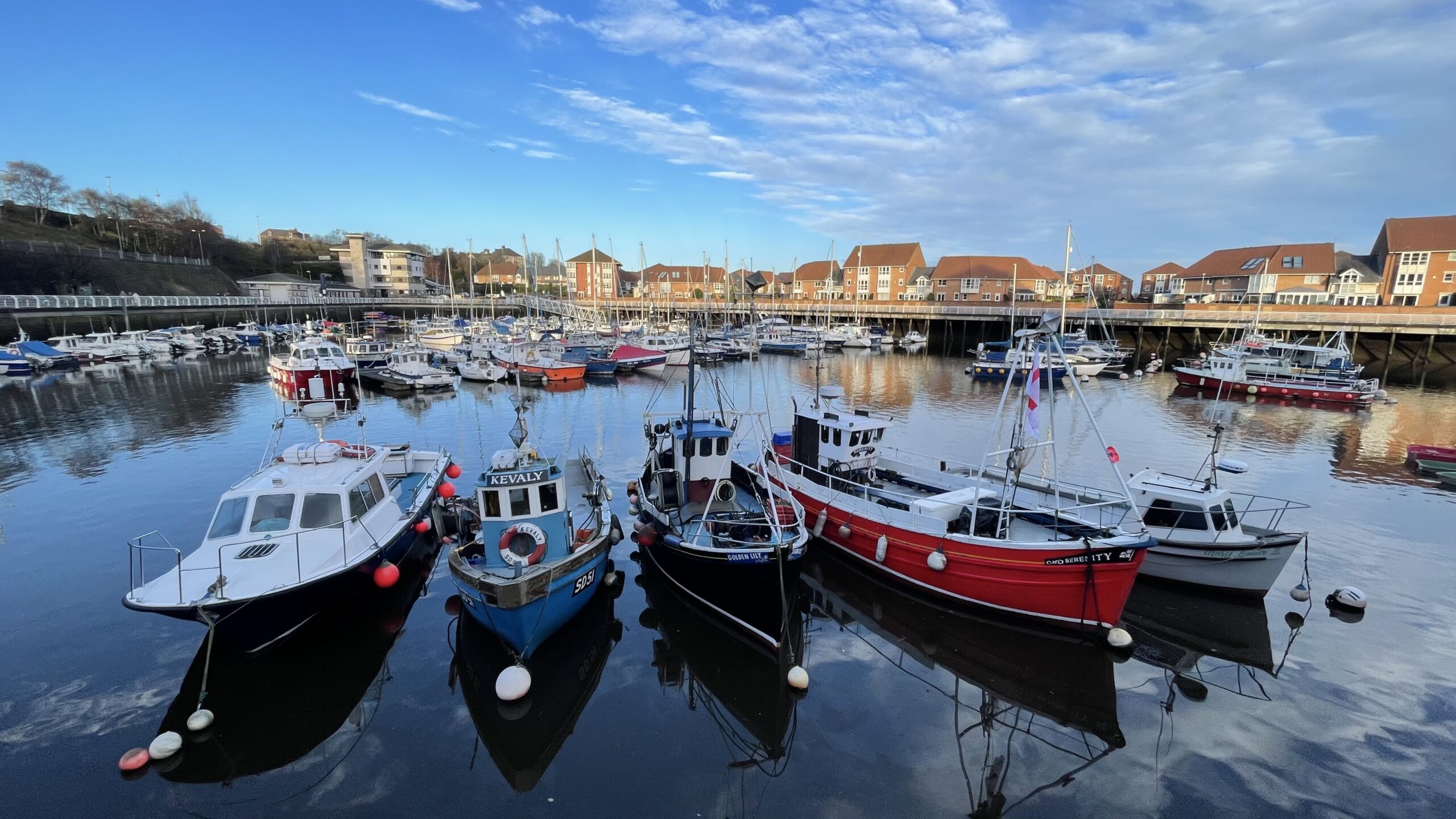
Given that I’ve visited the National Glass Centre a few times this year, I should mention that its future is under serious threat.
The National Glass Centre opened in 1998, partly funded by the European Regional Development Fund. On 31 January 2020, Boris Johnson chose the site to hold the Cabinet’s last meeting before the UK’s exit from the EU, promising ‘a new chapter in the United Kingdom’s story’. Three years on, with no EU funding incoming, it’s become clear that the ‘new chapter’ doesn’t include the very place where it was proclaimed.
Due to structural problems with the building, the ‘world-class cultural asset’ of the final (and very busy) glass furnace in Sunderland is due to be lost. The upper end of the much-disputed restoration cost is £45m: less than one day of the funding the former Prime Minister claimed the UK sent to the EU, or less than a fifth of one percent of the estimated cost of restoring the Palace of Westminster. In the Government’s view, the value of glass-making on the Wear is negligible compared to law-making on the Thames.
There’s a spirited campaign underway to save the National Glass Centre. I would miss it if it closed down, and that feeling was only reinforced by seeing the building half-closed due to storm damage on my most recent visit.









